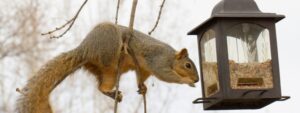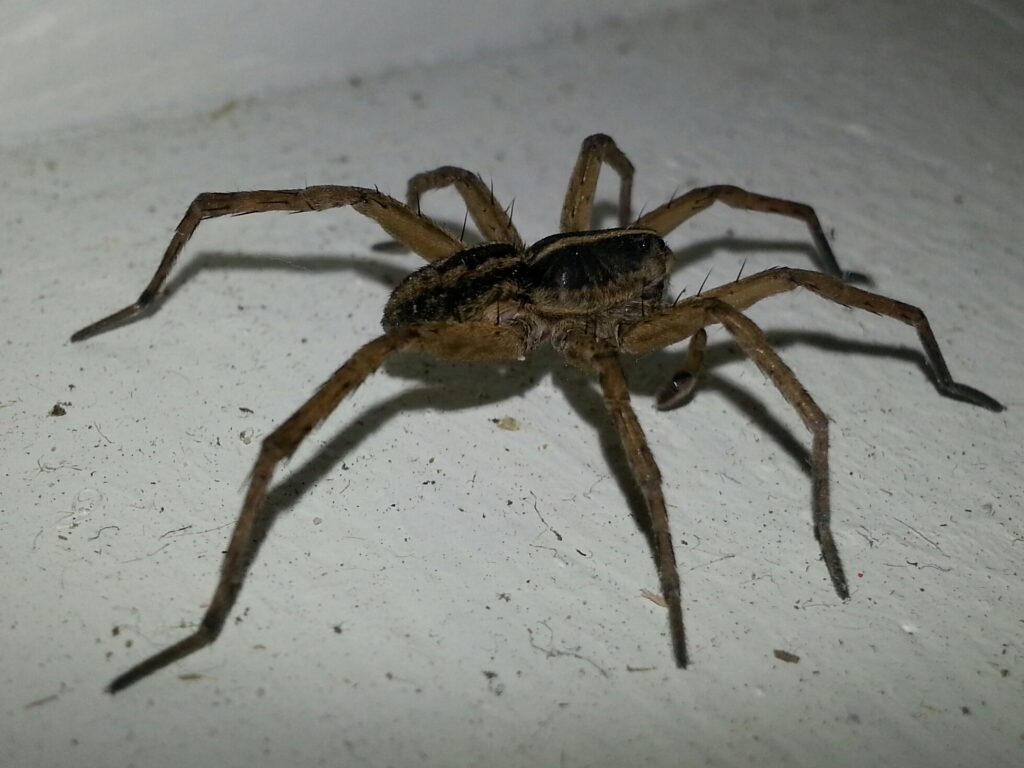 Bird baths are a charming addition to any garden. They attract birds, provide them with a place to drink and bathe, and add an element of tranquility to your backyard. However, it’s only natural to wonder if these bird baths might also attract less welcome guests. Specifically, do bird baths attract mice?
For Toronto homeowners concerned about wildlife control, this is an important question. In this blog post, we’ll explore the relationship between bird baths and unwanted rodent visitors, and what you can do to protect your home.
Bird baths are a charming addition to any garden. They attract birds, provide them with a place to drink and bathe, and add an element of tranquility to your backyard. However, it’s only natural to wonder if these bird baths might also attract less welcome guests. Specifically, do bird baths attract mice?
For Toronto homeowners concerned about wildlife control, this is an important question. In this blog post, we’ll explore the relationship between bird baths and unwanted rodent visitors, and what you can do to protect your home.
The Appeal of Bird Baths
Bird baths bring many joys to a garden. They encourage a variety of beautiful birds to visit, making your outdoor space more lively and colourful. Birds need water for drinking and cleaning, and a bird bath provides this essential resource. However, bird baths can also attract other animals, including rodents. But what makes these small animals so interested in bird baths? First, bird baths offer a convenient water source. Rodents, like all animals, need water to survive. In urban environments like Toronto, natural sources of water can be scarce. A bird bath provides an easily accessible spot for them to quench their thirst. Additionally, the splashing from birds can create wet ground around the bird bath, which can attract these unwanted guests. Second, bird baths can attract insects, which are a food source for rodents. Birds can inadvertently drop seeds and bits of food into the water while they are bathing. This can lead to a variety of insects being attracted to the area, and where there are insects, rodents are often not far behind. Finally, bird baths can create hiding spots. The lush greenery that often surrounds bird baths can be an attractive hiding spot for rodents. They prefer areas with ample cover where they feel safe from predators. Gardens with thick vegetation provide the perfect environment for them to hide and nest. So, overall, bird baths can absolutely attract mice and other pests.The Role of Food Sources
 While bird baths might provide water and attract insects, food sources play a critical role in attracting rodents to your garden. Bird feeders, for example, can spill seeds onto the ground, creating a buffet for these small animals. Even pet food left outside can become an unintended food source.
Gardens with fruit trees or vegetable patches can also attract rodents. Fallen fruits or vegetables provide an easy meal for them. Compost bins and garbage cans that are not securely closed can also be a food source. It’s important to be aware of all potential food sources in your garden and take steps to minimize access for rodents.
Additionally, bird baths can sometimes be placed near other structures that provide shelter and nesting sites for rodents. Sheds, woodpiles, and even dense shrubs can offer the cover they need to feel secure. Ensuring your garden is tidy and free of debris can help reduce the likelihood of attracting them.
While bird baths might provide water and attract insects, food sources play a critical role in attracting rodents to your garden. Bird feeders, for example, can spill seeds onto the ground, creating a buffet for these small animals. Even pet food left outside can become an unintended food source.
Gardens with fruit trees or vegetable patches can also attract rodents. Fallen fruits or vegetables provide an easy meal for them. Compost bins and garbage cans that are not securely closed can also be a food source. It’s important to be aware of all potential food sources in your garden and take steps to minimize access for rodents.
Additionally, bird baths can sometimes be placed near other structures that provide shelter and nesting sites for rodents. Sheds, woodpiles, and even dense shrubs can offer the cover they need to feel secure. Ensuring your garden is tidy and free of debris can help reduce the likelihood of attracting them.

